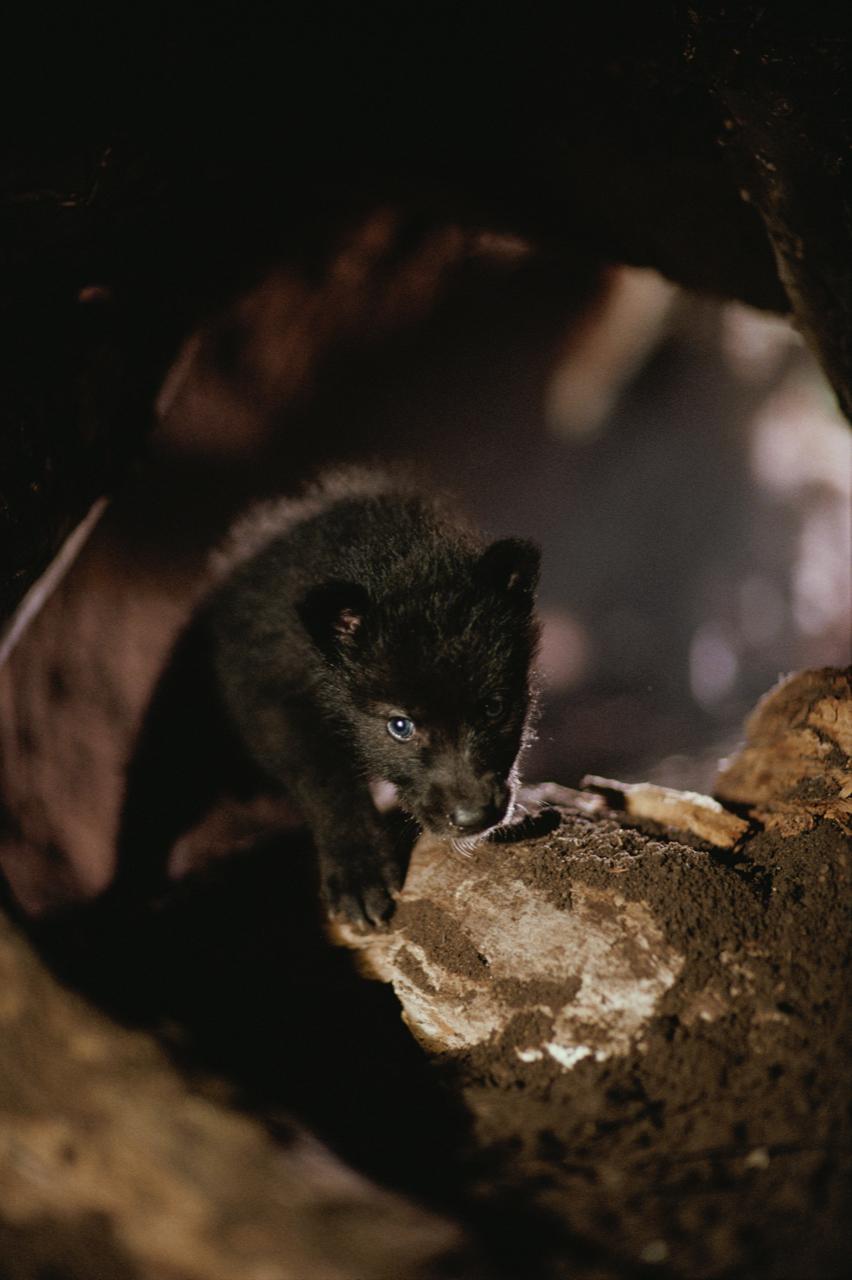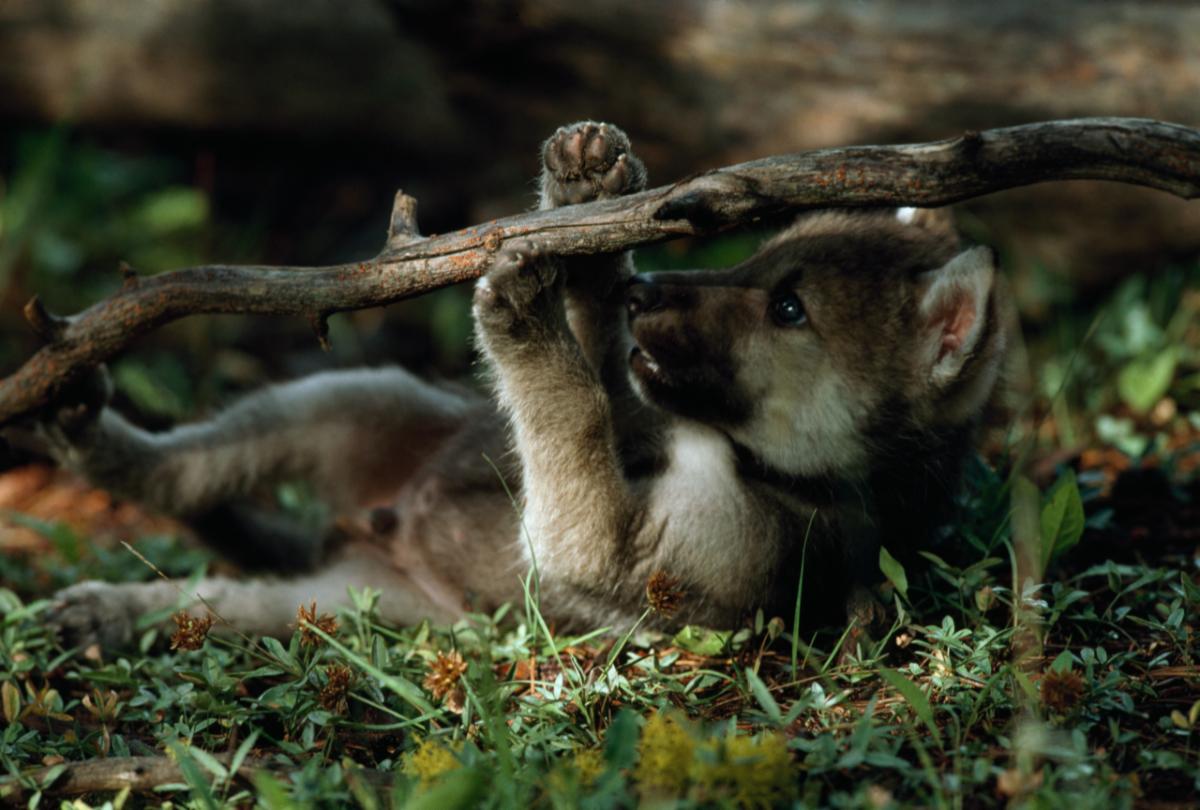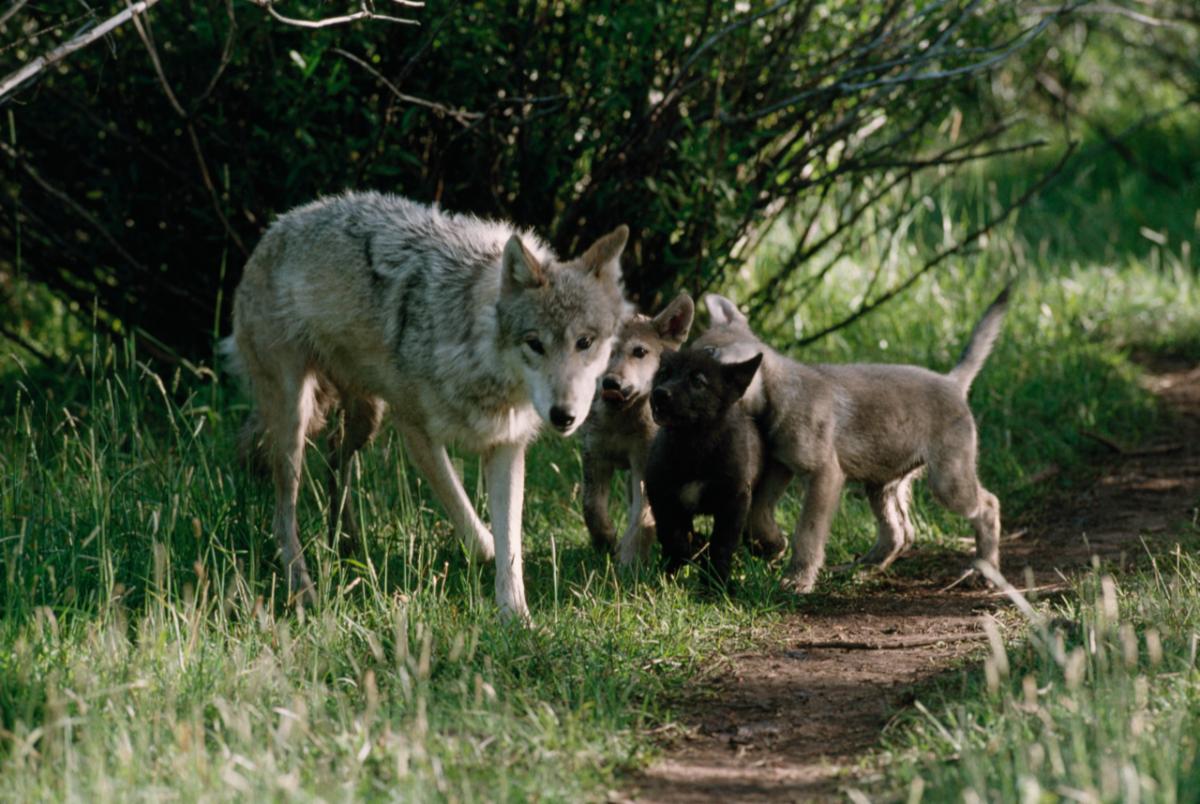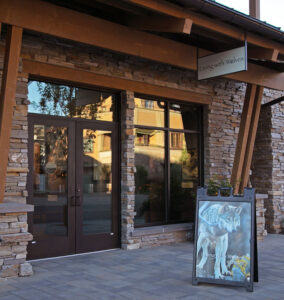Call to Action

The comment period closed February 10, 2020.
Idaho wolves need your help
- Extend wolf hunting statewide to an unprecedented 11-month to year-round season, throughout denning and pup- rearing periods in the spring
- Introduce year-round wolf hunting in southwest and south-central Idaho, designed to prevent wolves from becoming established in southern Idaho, cutting off vital connectivity and genetic exchange with other wolf populations in neighboring states to the south and southwest
- Expand trapping opportunities onto public land, in areas where it was previously restricted to private land
- Allow use of snares in more parts of Idaho

Recent Changes to Idaho’s Wolf Policy

Background and why your voice is needed
As a concerned and informed person, please make your voice be heard. Participate in this survey to voice your opinion about these proposed changes and please share this information and survey far and wide.


Officials to Contact
IDFG Director, Ed Schriever:
ed.schriever@idfg.idaho.gov
IDFG Regional Commissioners:
Salmon Commissioner, Jerry Meyers:
Salmon.Commissioner@idfg.idaho.gov
Panhandle Commissioner, Brad Corkill:
brad.corkill@idfg.idaho.gov
Southwest Commissioner, Tim Murphy:
tim.murphy@idfg.idaho.gov
IDFG Regional Commissioners cont.
Magic Valley Commissioner, Greg Cameron:
MagicValley.Commissioner@idfg.idaho.gov
Southeast Commissioner, Lane Clezie:
lane.clezie@idfg.idaho.gov
Upper Snake Commissioner, Derick Attebury:
derick.attebury@idfg.idaho.gov
IDFG Wildlife Chief, Toby Boudreau:
toby.boudreau@idfg.idaho.gov
Idaho Governor Brad Little:
governor@gov.idaho.gov

